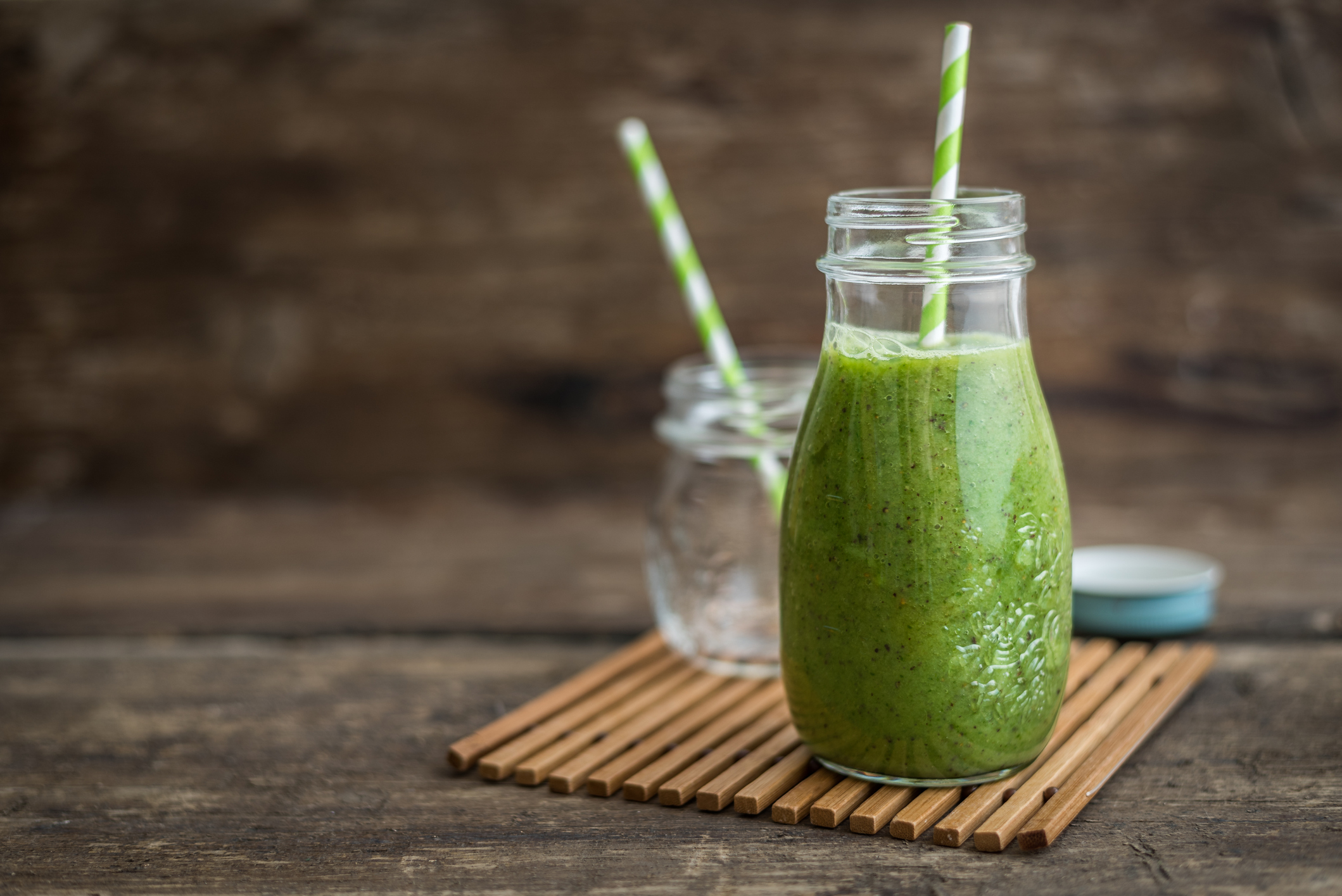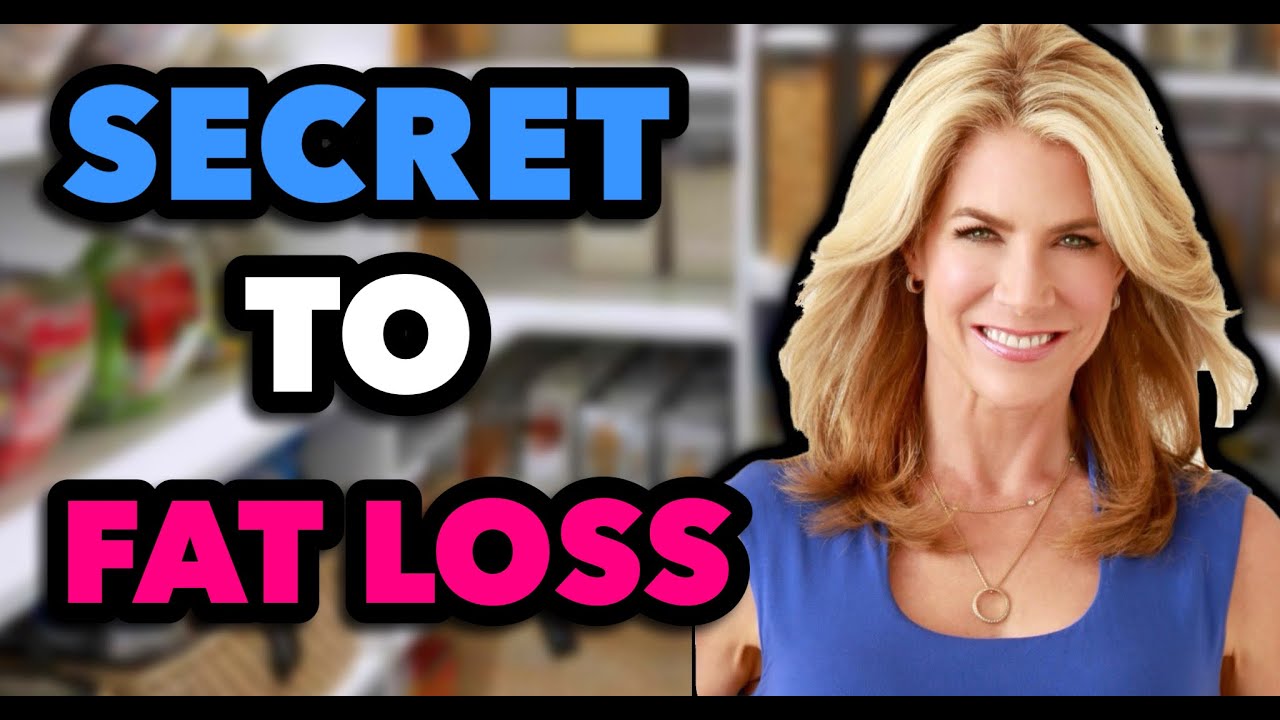When you eat a piece of chocolate cake or drink a caramel latte, you’re likely aware that it contains added sugar. If you’re health-conscious, you’re not going to overdo those things (or even do them at all). But sugar also hides in places you might never suspect, such as marinara sauce and salad dressings.
As a rule, processed foods are specifically engineered to keep you hungry and coming back for more. Plus, labels are intentionally confusing and you’re getting duped by misinformation all over the place.
If the front of a package boasts “no sugar added,” that product can still contain sugar. The loophole is that it may have naturally occurring sugars (sweetened with fruit-juice concentrate, for example, which is essentially all sugar).
In fact, researchers have uncovered more than 55 different aliases of sugar. These sneaky sugars lurk in sometimes-unsuspecting places, and quite often, they are hidden in plain sight in “health” foods.
Where Sugar Is Hiding
Their list continues to grow, but I’ve targeted these seven places where they hide. How many of these are landing in your grocery cart?
No matter what your personal goals are, the end destination is always the same: To feel better than you ever have. My FREE Ultimate Health Roadmap provides short, actionable steps you can take RIGHT NOW to be the best version of you.
1. Yogurt
Once upon a time, you would visit the yogurt aisle and find only cow’s milk-based options, such as Greek yogurt. Not today. Now you’ll discover endless yogurt options, including cashew and almond yogurt. Most of them carry a health glow.
Unfortunately, many varieties contain added sugar, including “healthy” sugars like honey and fruit. In fact, one tiny cup of fruit-on-the-bottom yogurt can contain as much sugar as a candy bar.
What’s more, any commercially available yogurts are low in probiotics, the healthy gut bacteria that yogurt is known for.
Smart Swap: Look for unsweetened non-dairy yogurt, such as almond yogurt, with no added sugar and as few ingredients as possible. If you need to sweeten it up, add some fresh or frozen berries or a small amount of sweetener, such as pure organic stevia or monk fruit.
2. Bottled Green Tea
Green tea is one of the healthiest beverages on the planet. A compound called epigallocatechin gallate (EGCG) in green tea can support weight loss, reduce inflammation, and so much more. The L-theanine in green tea has a calming effect as well. That’s why I drink 32 oz of green tea daily.
Unfortunately, many bottled green teas come loaded with sneaky sugars that kill their health halo. Others have artificial sweeteners like sucralose, which is bad news for your gut and overall health. Even if the label says “unsweetened,” read those ingredients!
In fact, learn to read ingredients in any bottled or canned beverages. You might be surprised where added sugars lurk. I’ve even found that some mineral and carbonated waters contain added sugars; in some cases, as much as a can of cola.
Verify that these beverages are unsweetened by reading the ingredients. It should contain natural flavors (such as lemon) and a little bit of stevia or allulose—nothing else.
Smart Swap: Save a little money and the environment by brewing your own green tea, or try this Peach Mint Iced Tea recipe. You can also make spa water by steeping filtered water with lemon, lime, or orange.
3. Green Juices
If you’ve ever had straight-up vegetable juice, you know it tastes pretty awful. Knowing they often become wince-worthy, manufacturers load bottled juices with fruit, jacking up their sugar content.
One popular “green juice,” actually mostly fruit, contains a whopping 53 grams—almost 12 tsp—of sugar in a 15.2-oz bottle.
Smart Swap: Make your own green juice adding lots of leafy and cruciferous greens. Add some ginger and lemon to zing it up and make it more palatable. Alternatively, order a fresh-pressed juice at your local market with mostly green vegetables and a little lemon and ginger.
4. Plant-Based Milks
Once upon a time, almond milk was the only alternative to cow’s milk. Today, you’ll find endless varieties of plant-based milks, including oat milk.
Finding the right kind can be tricky. Many plant-based options contain added sugars, so you’ll want to find one clearly marked as unsweetened. Even then, you’re not off the hook.
Some plant-based milks contain nasty oils like canola or rapeseed oil, which work as emulsifiers. These oils give oat milk and plant-based milks a creamy texture.
But high-heat processing can damage the fragile polyunsaturated fats in these oils. The resulting rancidity can increase harmful free-radical production that increases chronic inflammation and your risk of disease.
Smart Swap: Look for an unsweetened plant-based milk and scrutinize those ingredients. (As with most processed foods, fewer ingredients are better here.) Better yet, experiment with some recipes and learn to make your own nut milk—it’s easier than you think! Try this simple recipe.
5. Salad Dressings
Many commercial salad dressings (along with salad dressings you get in restaurants) have added sugar, nasty oils, and other “no” ingredients such as dairy and egg. Talk about a way to mess up an otherwise-healthy salad!
Consider balsamic vinegar, which certainly sounds healthy. Authentic, traditional balsamic vinegar has been made in Italy for hundreds of years. It’s expensive and time-consuming. To compensate, companies create something called “condiment balsamic vinegar,” which is basically an accelerated version of the good stuff.
This vinegar we know as balsamic is usually made from white wine vinegar and has caramel coloring for color and added sweetness. Plus, it typically contains thickeners like cornstarch and gum as well, which add calories and other things you don’t want in a salad dressing.
Smart Swap: Your safest bet is to use and ask for a bottle of extra-virgin olive oil and red-wine vinegar. Beyond that, read labels very carefully for no added sugar, nasty oils, food intolerances like soy and gluten, and other additives.
6. Nuts and Seeds
Nuts and seeds are nutrient powerhouses, packed with protein, healthy fats, and fiber. Unfortunately, they may also carry sneaky sugars.
I’m not talking about obvious suspects like candied walnuts and glazed nuts, which you know contain sugar. And I’m certainly not talking about peanuts, which are a legume and not a nut.
I’m referring to innocent-sounding cans of roasted almonds and other nuts that you see on store shelves.
One popular brand of oven-roasted almonds contained maltodextrin, an additive that’s usually corn-based and high on the glycemic index, meaning it can raise your blood sugar.
Many brands also use nasty oils, such as canola oil. High-heat processing can damage their fragile fatty acids, making these nuts a very heart-unhealthy choice.
Smart swap: Instead of commercial canned nuts and seeds, choose dehydrated or slow-roasted nuts and seeds. Here’s my recipe for slow-roasted nuts from the Sugar Impact Diet:
Recipe: Slow Roasted Nuts
Time to go nuts! This great snack takes a bit of time, but it will be worth the wait. Nuts are an excellent source of protein, fiber, and heart-healthy fats. Best of all, they’re a great-tasting, nutritious option when you’re on the move.
Choose your favorite, or mix it up. Note: If your oven doesn’t go to 140°F, you can use a dehydrator instead.
- 1½ cups raw nuts (cashews, walnuts, almonds, pecans, macadamia)
- Water
- ½ teaspoon sea salt
Combine the nuts and enough water to cover by 3 inches, then stir in the salt. Let the nuts soak overnight. Preheat the oven to 140°F. Drain nuts and spread onto a baking sheet or place in a dehydrator. Bake nuts for 8 hours. Remove from the oven or dehydrator and let cool completely (nuts will crisp up as they cool). Store nuts in a resealable plastic bag in the refrigerator for best results.
7. Nut Butters
When I say nut butter, I’m not talking about peanut butter (which is a legume, not a nut). I’m referring to things like almond butter, macadamia nut butter, and pecan butter.
Some of these commercial nut butters, particularly the no-stir varieties, contain two big offenders: added sugar and nasty oils.
Added sugars give them flavor and shelf life, while oils keep the nut butter from separating and give them a smoother texture.
But what’s good for shelf life and manufacturer profit isn’t so good for your overall health. Added sugar and bad oils can ruin an otherwise perfectly healthy nut butter.
Smart Swap: You’re probably detecting a theme here that less is more. Ideally, a nut butter should contain organic nuts and maybe salt (unless you prefer unsalted). That’s it. Keep in mind as well that too much healthy food can become unhealthy. Nut butters are easy to overeat.
As you can see, sneaky sugars hide in places you’d never suspect. Even the most health-conscious among us struggle to know everywhere they hide or how to avoid them. It can feel incredibly daunting.
But I’ve found a way to make it easy. In my Sugar Impact Diet book, I give you the tools to drop these high sugar-impact foods without going cold turkey. I’ll teach you how to identify and cut out all the hidden sugars that have been sneaking into your diet and causing you to gain weight, crave sugar, and feel bad.
The views in this blog by JJ Virgin should never be used as a substitute for professional medical advice. Please work with a healthcare practitioner concerning any medical problem or concern. The information here is not intended to diagnose, treat, or prevent any disease or condition. Statements contained here have not been evaluated by the Food and Drug Administration.





